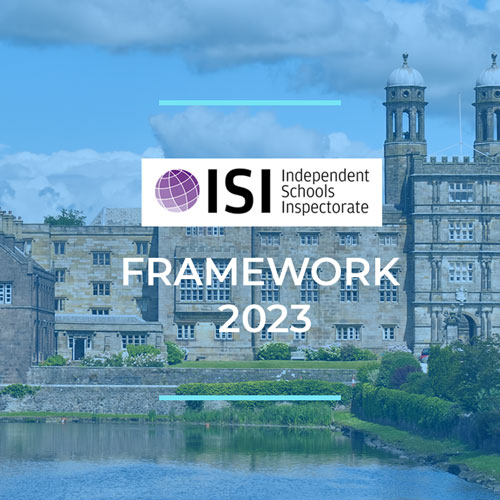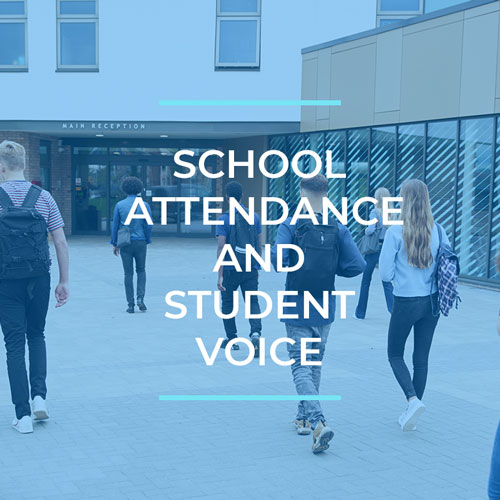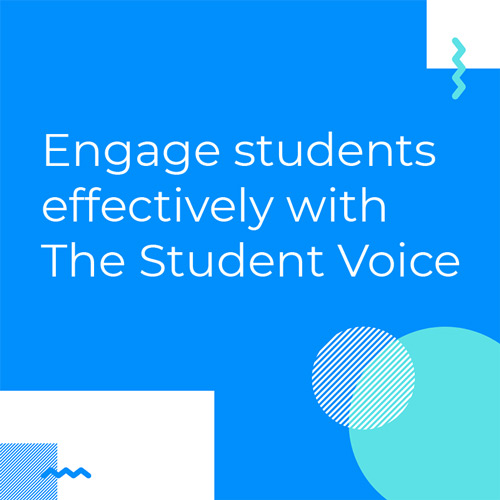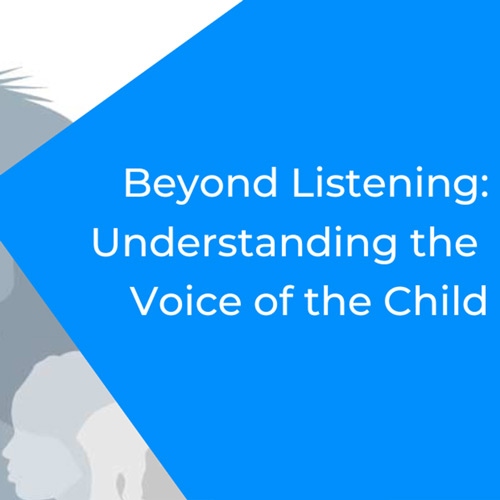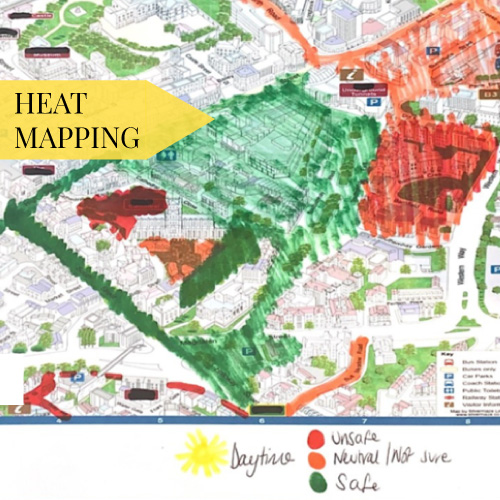Embed Ethics and Values Into Safeguarding Practice:
Contextual Safeguarding and The Student Voice
RESPECT
“7+2 = 9. But so, does 6+3.
The way you do things is not always the only way to do them
Respect other people’s way of thinking and opinion”
Do we know the issues that our young people face?
Respect. Established through our first blog in this series. In my role as DSL the following fundamental element of KCSIE has always led me to ask myself, do I know the issues that our young people face?
The designated safeguarding lead (and any deputies) are most likely to have a complete safeguarding picture and be the most appropriate person to advise on the response to safeguarding concerns. KCSIE, September 2020
To answer this question and fulfil this statutory requirement requires us to respect the views and opinions of all members of our community, not least all of the children under our care.
Several years ago, I was tasked with developing a student leadership program at my school with one of my colleagues. Through his guidance, expertise and knowledge I learned all about Human Centred Design (HCD). This approach aims to develop solutions to problems by involving the human perspective in all steps of the problem-solving process. Two core principles of HCD resonated and have stayed with me during my professional life:
Get this blog series sent straight to your inbox each week.
Focus on (Young) People – Find the Right Problem
In isolation, focusing on (young) people is obvious for those that work in safeguarding. However, when we consider both principles in conjunction safeguarding can be more complex, challenging and can lead to possible errors in judgement. As a DSL, if you do not find the right problem then your solution will, at best, meet with limited success. Respecting the views of the young people in our community is fundamental to finding the right problem.
For the last two and a half years I have been using The Student Voice contextual safeguarding tool in my school setting. There are two overriding lessons that I learned during this experience. Firstly, while we were and are focusing on young people we were not always finding the right problem and therefore our safeguarding interventions were not always as targeted and effectual as we would have liked. Secondly, I realised that I did not fully appreciate what our students were experiencing on a daily basis.
Here are several examples of powerful things we learned from our young people:
- Lunchtime in our school is a social minefield for adolescents and can be the hardest and most stressful part of the day for some of our students
- The art department at school is far and away the most popular place to be during break times as the level of supervision provided a safe but not overly bearing environment and the opportunity to do optional art-work at this time was calming and a source of stress relief
- Peer on peer discrimination will be experienced by our students in ways that adults would never perceive nor understand without students sharing such information
Embedding respect for the views, thoughts and opinions of children allows us to find the right problem and gives us a fighting chance of developing the most effective intervention. Soliciting the views of young people could yet be the best safeguarding tool of all and the value of respect is fundamental to this process……
Written by Jason Tait, Director of Pastoral Care and Designated Safeguarding Lead at TASIS The American School in England and Co-Founder of The Student Voice

